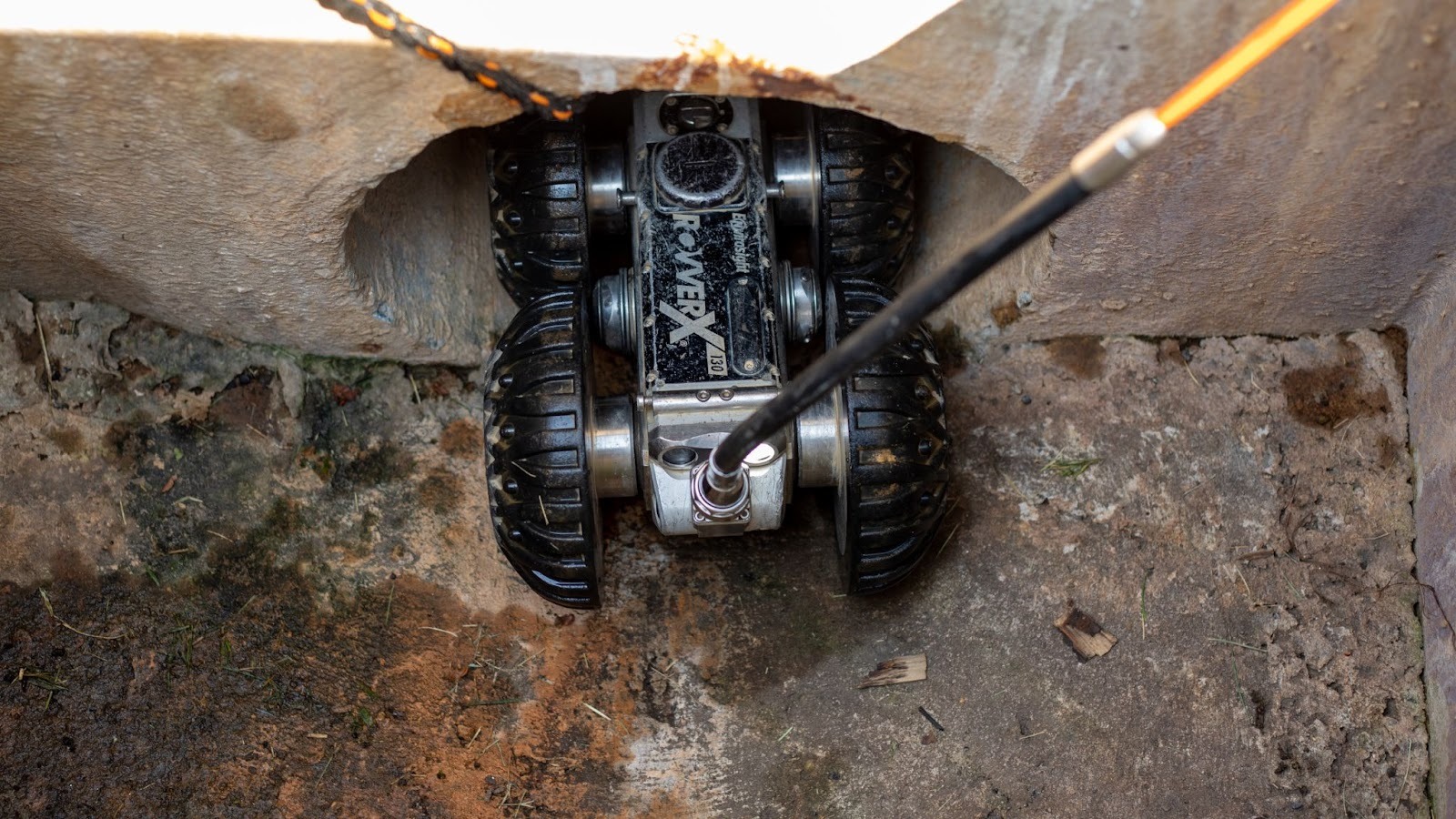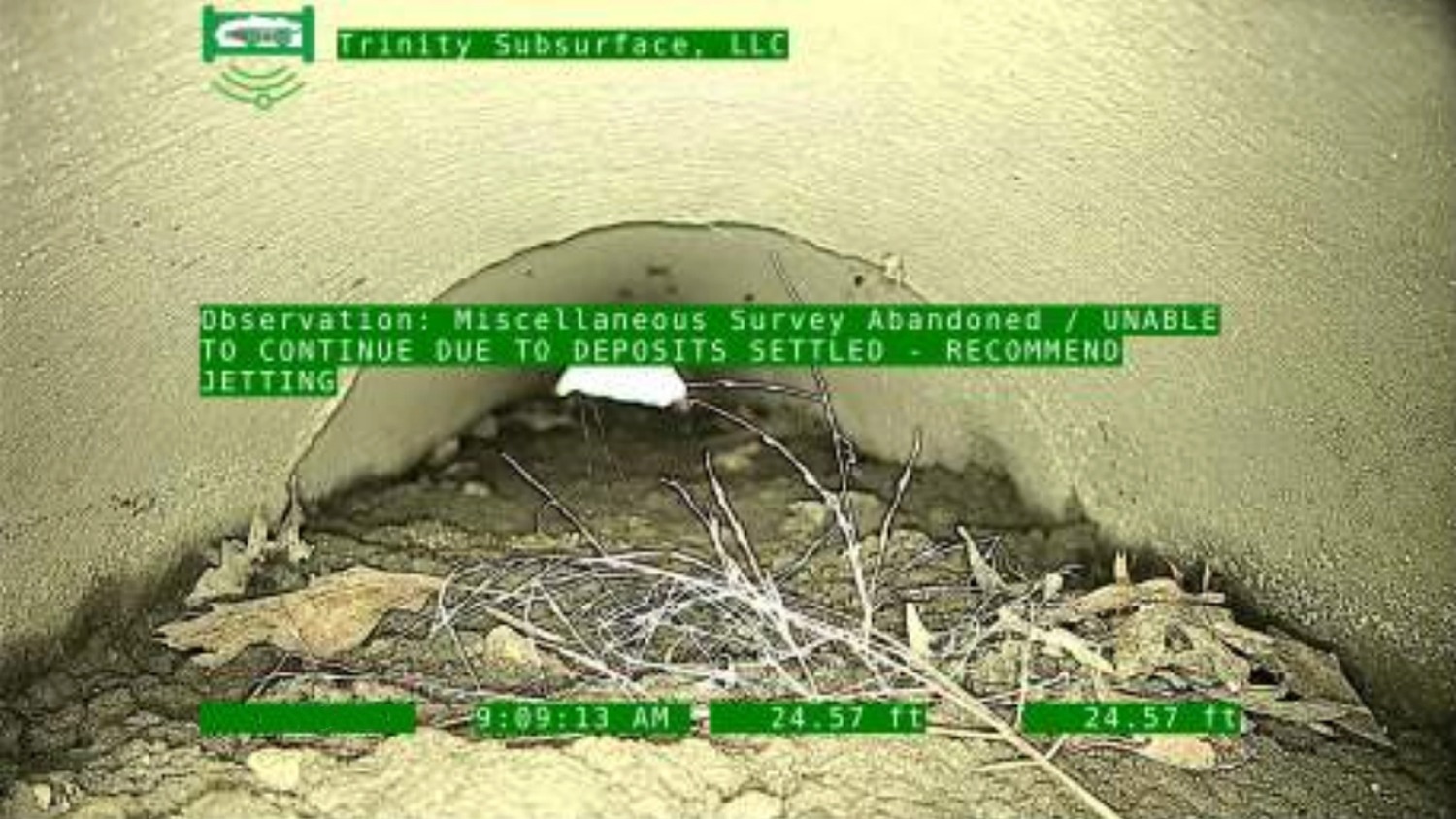What's The Problem?
How can Trinity Subsurface, LLC help?
Explore our service offerings.
Get to Know Us
Trinity Subsurface, LLC Resources
Understand what's underneath our team.
Sewers are important to maintain, but easy to neglect. Sewers are often underneath the surface and, like many things buried underground, largely out of mind. Not understanding how to maintain your sewers can lead to serious issues. How can cleaning and inspection be used to understand pipe conditions and how to maintain them?

First we need to talk about why it’s important to maintain sewers. Stormwater comes from rain events, which then travels through stormwater pipes to be properly treated for any contaminants. The flow of stormwater can easily be blocked by debris, sediment, and even pipe deformations. Cracks and corrosion can also redirect stormwater where it doesn’t get treated properly and causes floods. There’s also the issue of older stormwater systems being not built up to today’s engineering standards for extreme weather events.
Sanitary sewers can face similar issues as storm sewers, but blockages are more associated with biological contamination and non-flushable materials causing buildup. Wastewater can end up in less than preferable places – backing up into homes or contaminating the environment. There are also some areas where storm and sanitary sewer systems are combined to be treated at the same facility. If unmaintained or poorly engineered, combined sewer systems can face extra strain during heavy rain events, causing combined sewer overflows. In any case, uncontrolled and poorly maintained wastewater systems can lead to property damages, large repair costs, health problems, and major environmental impacts.
How can you understand something that’s underneath the surface? There are a few tools available to regularly maintain sewers and prevent these issues. Video pipe inspection is the key tool used to determine existing sewer conditions. Sometimes this is referred to as a CCTV inspection. Through the use of a pipe crawler or push camera, the internal conditions of a pipe can be examined and reviewed from the surface. This can be useful for determining cracks, root intrusion, corrosion, blockages, pipe bends and blockages. This can also tell you other information about sewers, including manhole conditions and if there are any sources of inflow and infiltration. Some inspection cameras even allow for lateral launch inspections in case there are damages outside of the main sewer line. Through video pipe inspection, you receive a full report with videos documenting existing conditions along with recommendations on repairs.

What about blockages? What if the sewers are so full of material, it’s hard to tell if there’s any damage at all? With hydro jetting, a powerful nozzle can be sent through a pipe, blasting high-pressure water at multiple angles to clear dirt, debris, roots and grease from pipes. This can typically restore proper flow if there aren’t any further repairs necessary. With that being said, hydro jetting and video pipe inspection go together hand in hand. Take the pipe crawler image below for example. If a sewer is too blocked to inspect, clearing out the pipe may be necessary to continue the inspection. Pipe cleaning usually starts with pre-inspection to determine existing conditions – this can also be useful for checking if any wildlife is occupying the sewer. A post-cleaning inspection is performed after cleaning to ensure there aren’t any issues afterward. They’re two sides of the same service.

Trinity Subsurface is a full-service provider for inspecting pipes and cleaning them with hydro jetting. We also provide trenchless pipe repairs for cracks and corrosion that can help you restore a pipe without excavation where possible. Our strong lining system can strengthen a pipe and maintain flow for years to come. Visit our website for more information on how you can prevent serious sewer issues.